An ear correction – also called otoplasty – is particularly often used to put on the ears. Even in childhood, this aesthetic treatment for the correction of sailing ears can already be carried out. But also interventions for ear reduction or for correcting the earlobes belong to the otoplasty.
How does an ear correction work?
The procedure of ear correction depends on which part of the ear is to be corrected and what the desired correction looks like. In most cases, ear surgery is an ear procedure. This is done on an outpatient basis under local anesthesia and takes about 1-2 hours. To put on the ears, some skin is removed in the back of the auricle, where the ear and head merge into each other. The removal of cartilage from the auricle may also be necessary. With the help of a special suture technique, the wound edges are sutured in such a way that the ears are closer to the head than before. A headband-like head bandage is applied and the ear correction for the application of sail ears is completed. The reduction of the ears and the correction of the earlobes have a different, but similar process. In both cases, cartilage, skin and other soft tissue can be removed. Targeted sutures bring the ear or earlobes into a new shape. In this way, ears that are too large can be reduced in size and earlobes with ear holes that are worn out, for example, by wearing heavy earrings or tunnels, can be corrected.
What should be considered after an ear correction?
After ear surgery, a head bandage must first be worn for 1-2 weeks, which protects the ears from shocks and loads. About 2 weeks after the ear correction, the stitches are pulled, unless self-dissolving threads have been used. First of all, it is preferable to sleep on the back to avoid additional strain on the ears at night. Slight swelling of the ears may occur, but these subside after a few days. After about 2 weeks, the patient is fully socially acceptable again. Scars are not openly visible after ear correction due to the hidden incision behind the ear.
